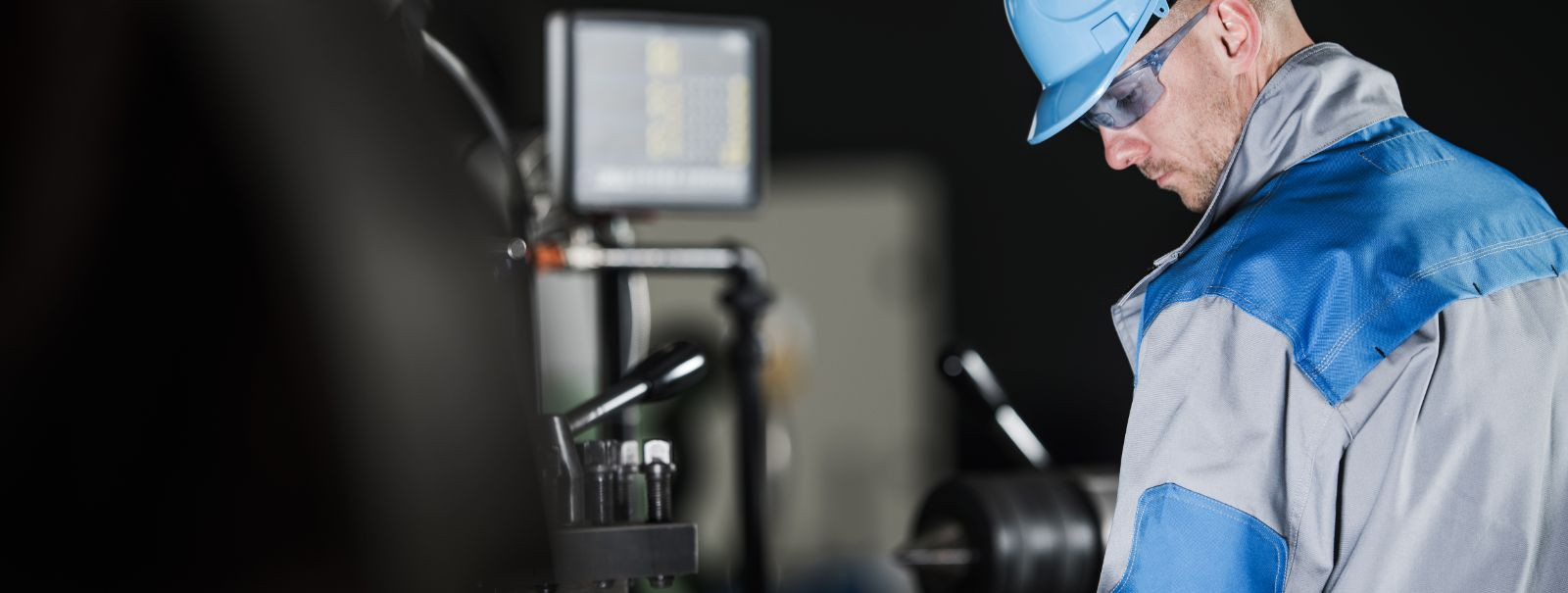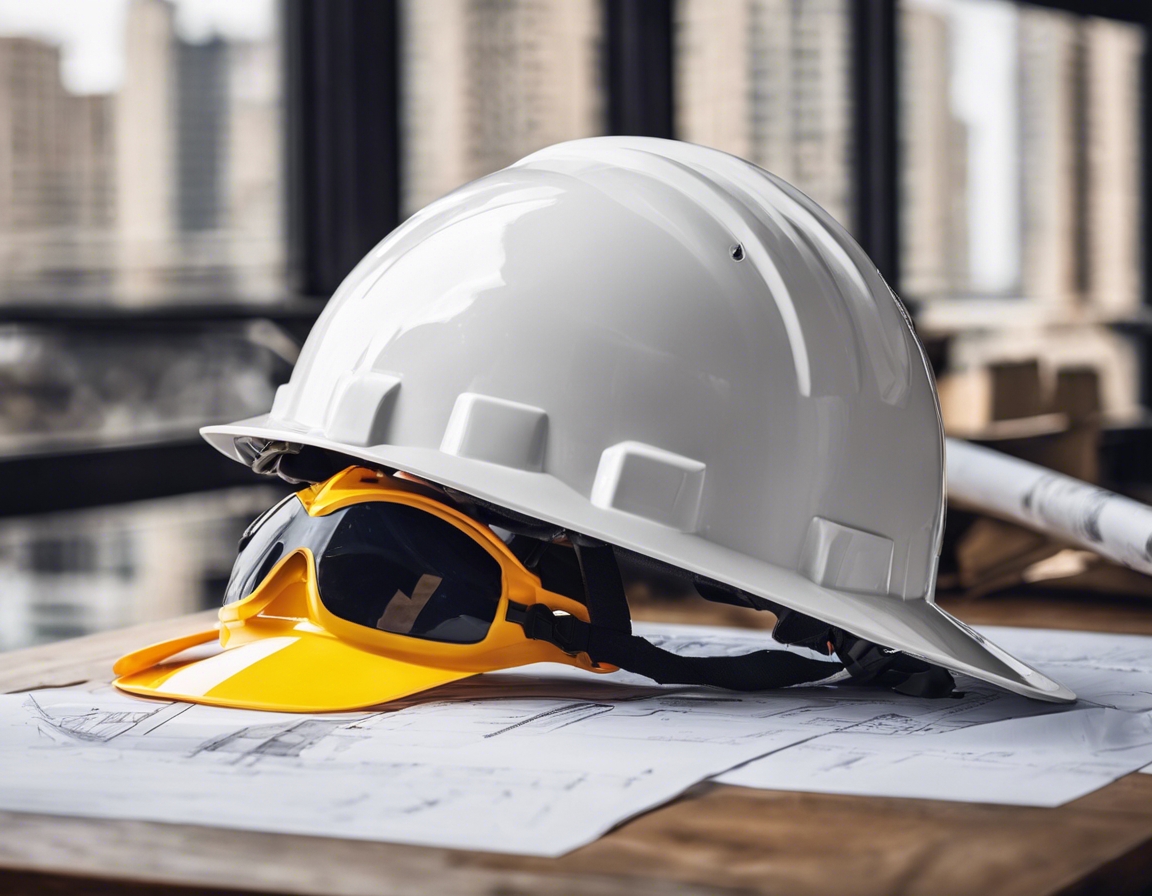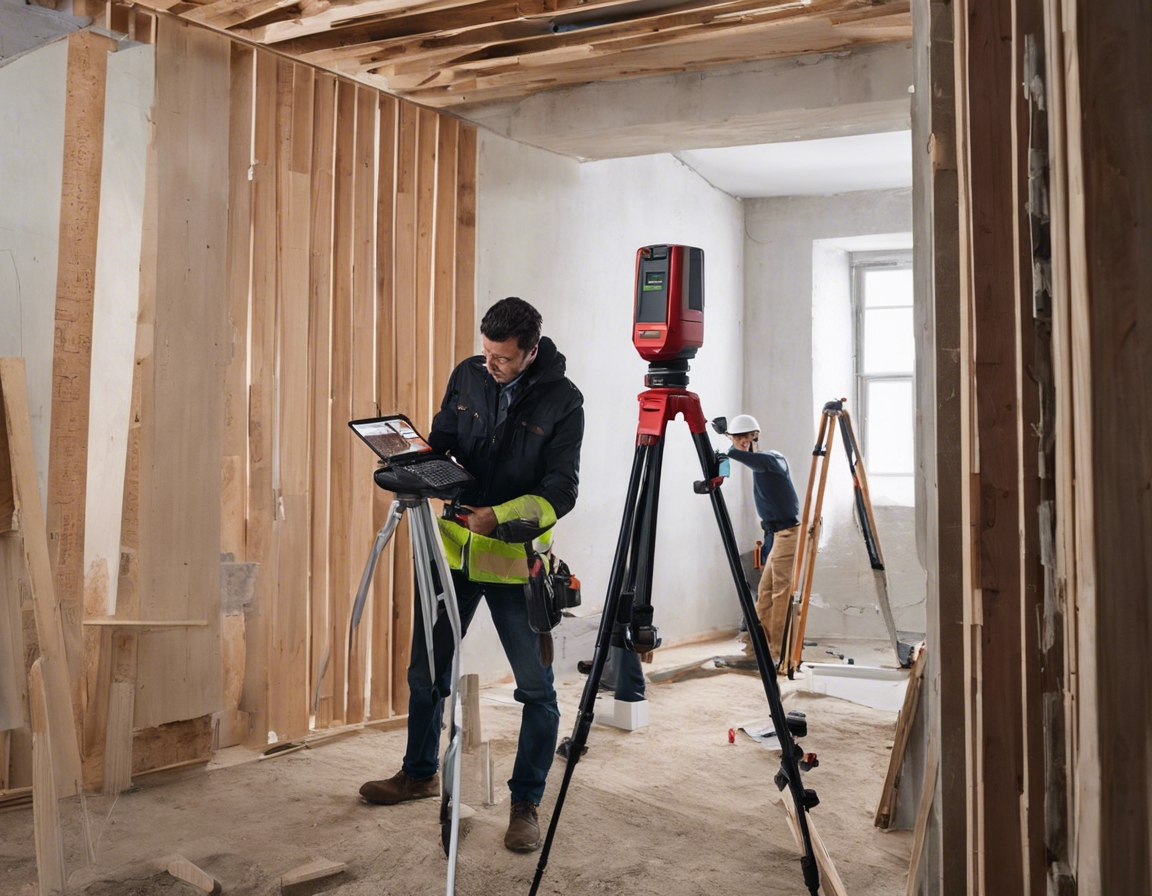Sustainable design: building with the environment in mind
Sustainable design in the construction industry is an approach that seeks to reduce the environmental impact of buildings and infrastructure throughout their life cycle, from planning and design to construction, operation, and decommissioning. It is a holistic concept that not only encompasses energy efficiency but also considers the well-being of occupants and the preservation of natural resources. The importance of sustainable design cannot be overstated, as the built environment significantly contributes to global carbon emissions and resource depletion.
The concept of sustainable design has evolved from simple energy-saving measures to a comprehensive framework that integrates multiple aspects of environmental stewardship. This evolution reflects a growing recognition of the need for a more responsible approach to construction that aligns with global sustainability goals.
Key Principles of Sustainable Design
Energy efficiency is at the heart of sustainable design. Strategies such as passive solar design, high-performance insulation, and energy-efficient HVAC systems are essential in reducing the energy footprint of buildings.
Water conservation is another critical aspect of sustainable design. Techniques like rainwater harvesting, low-flow fixtures, and drought-tolerant landscaping help minimize water usage.
Choosing materials with a lower environmental impact, such as recycled content, rapidly renewable resources, and locally sourced materials, is vital for sustainable construction.
Waste reduction strategies, including construction waste management plans and modular construction techniques, play a significant role in sustainable design by minimizing the waste generated during construction and demolition.
Designing with biodiversity in mind involves creating habitats for local flora and fauna, using native plants in landscaping, and avoiding construction in ecologically sensitive areas.
Strategies for Implementing Sustainable Design
Choosing the right site and careful planning are the first steps in sustainable design. Considerations include site ecology, land use, and the potential for sustainable transportation options.
Integrating renewable energy sources, such as solar panels and wind turbines, into building design helps reduce reliance on fossil fuels and promotes energy independence.
Green building certifications like LEED, BREEAM, or WELL provide frameworks for measuring and recognizing sustainable design practices.
Life cycle assessment (LCA) is a method used to evaluate the environmental impacts associated with all the stages of a product's life, from raw material extraction through materials processing, manufacture, distribution, use, repair and maintenance, and disposal or recycling.
Engaging with the community and stakeholders is crucial for the success of sustainable design projects. It ensures that the projects meet the needs of the users and the local environment.
Technological Innovations in Sustainable Design
Smart building technologies, such as automated lighting, heating, and cooling systems, optimize energy use and improve occupant comfort.
Biophilic design incorporates natural elements into the built environment, improving occupant well-being and productivity.
Advanced building materials, such as self-healing concrete and aerogels, offer improved performance and reduced environmental impact.
Water reclamation systems, including greywater and blackwater recycling, reduce the demand for potable water and lower the overall water footprint of buildings.






Comments (0)